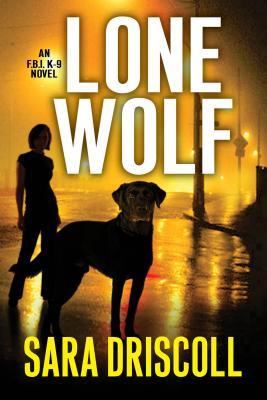Working Dogs Through The Ages
/In last week’s post, we talked about how dogs moved from hunting competitors to become an integrated part of our society. For many of us in the modern age, we look on dogs as companions and family pets, but dogs have been considered working animals for thousands of years.
Specifically, how have dogs worked with us to improve our lives and livelihood through the millennia?
- Greeks and Romans: Molossus dogs (forebears of modern mastiffs) were bred for war, protection and hunting.
- Vikings: Native Arctic wolves were interbred with domestic dogs producing a ‘spitz-type’ dog related to the modern Norwegian elkhound. Dogs were used for cattle herding, and for hunting moose and bear.
- Spanish Conquistadors: Mastiffs were carried on ships to the New World, where they were armored and used as battle dogs used to pursue, disembowel and dismember the enemy.
- American Civil War: Cuban bloodhounds (a mastiff breed used as killer pursuit dogs) were used to track escaped slaves at the Confederate Andersonville prison.
- World War I: ‘Mercy’ dogs were sent out onto the battlefields with first aid packs after battles for soldiers to self-treat their injuries. Dogs were also used for personal protection and tracking.
- World War II: For the first time, dogs were used in modern military service with a single handler to search out and signal danger, carry messages between foxholes, and patrol for the enemy.
- Vietnam War: It is estimated that approximately 5,000 dogs served in the Vietnam War as scouts, trackers, sentries, and were also used for explosives and tunnel/booby-trap detection. It is believed that military dogs saved up to 10,000 lives during the Vietnam War.
Next week we’re going to highlight a very special historical dog, Sergeant Stubby from World War I. Then later on, we’re going to look at the roles of dogs in modern life, from war, to police work, to search-and-rescue, to service and therapy dogs. Hope to see you back again.
**Last week to enter!** To celebrate the upcoming launch of LONE WOLF, Kensington is holding our first Goodreads giveaway! You can find it below. Be sure to enter for your chance to win an early copy months before it actually releases!














 12.1%
12.1%